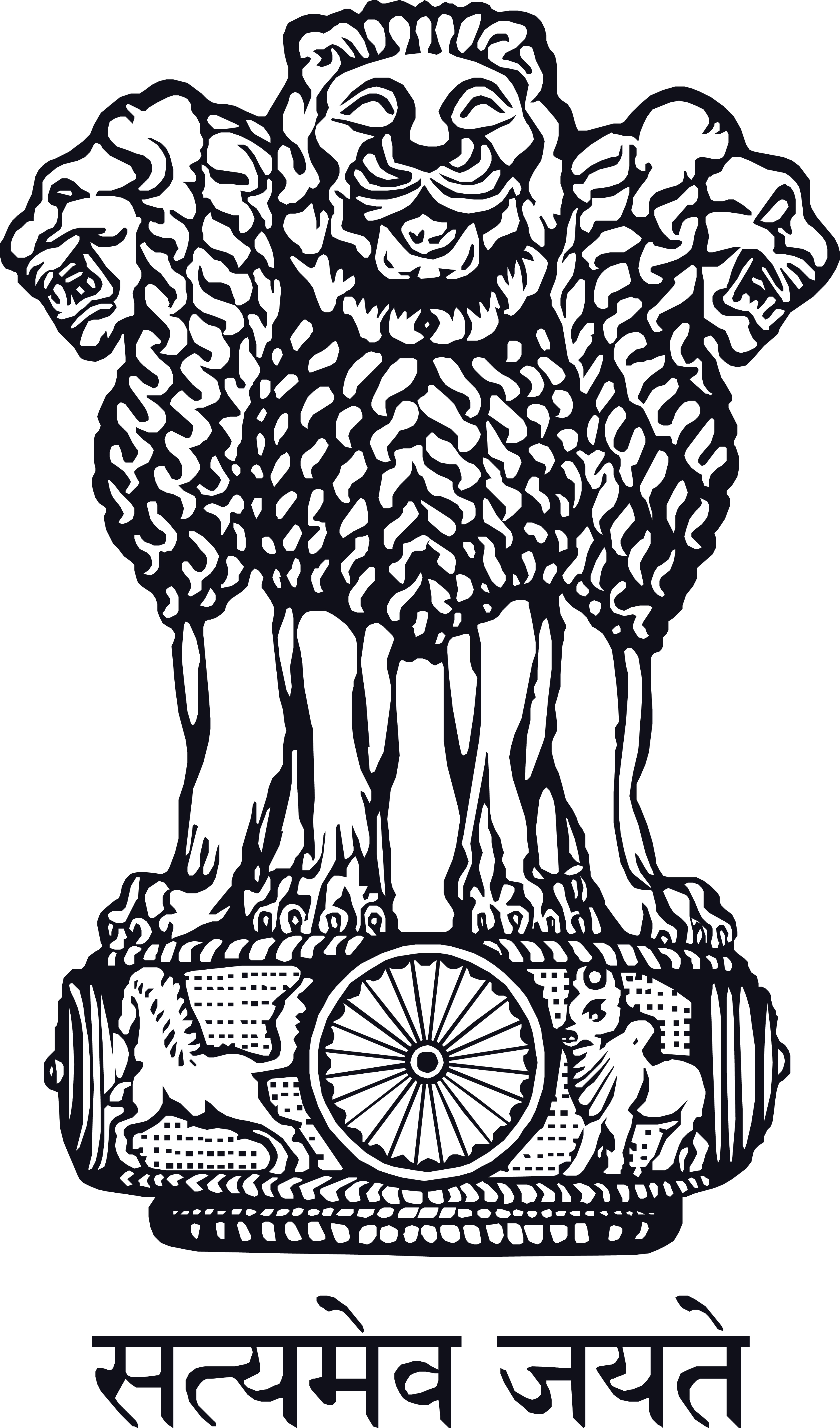Siddha Drugs
Siddha pharmacology (Gunapaadam) deals with the detailed study of Siddha drugs. This branch of Siddha medicine describes
I. Raw drugs used in Siddha (Moolaporutkal)
II. Purification (Suddhi) of raw drugs and
III. Medicinal preparations
Siddha pharmacology is based on the concept of five primordial elements or panchabhootham and taste (suvai) of the drug. Innumerable varieties of herbs, mineral and animal products find mention in Siddha literature.
I. Raw drugs used in Siddha
On the basis of Five Element (Panchabhootham) theory, raw/crude drugs are divided into five major categories based on the predominant element they possess.
For example, among metals,
| Metal | Predominant element |
| Gold | Earth |
| Lead | Water |
| Copper | Fire |
| Iron | Air |
| Zinc | Space |
Here, the metal gold will exhibit characters and properties of the element earth as it is the predominant element in its formation and the other metals can be linked correspondingly.
Based on taste, raw drugs are divided into six categories, as follows:
| Medicinal Herb | Predominant Taste |
| Sesamum indicum | Sweet |
| Tamarindus indicus | Sour |
| Cassia tora | Salty |
| Andrographis paniculata | Bitter |
| Elettaria cardamomum | Pungent |
| Saraca asoka | Astringent |
Based on their origin, raw drugs are categorized into the following classes:
- Plant origin (Mooligai vaguppu)
- Metals and Minerals (Dhathu vaguppu)
- Animal origin (Seevam vaguppu)
Raw drugs based on Plant Origin
Herbal raw drugs (Mooligai moolaporutkal) are classified further into 11 sub-divisions based on the plant part used in preparation of a medicine.
In certain plants, the medicinal value may be attributed to a particular plant part like root, leaves, flowers etc., which is used.
E.g. Zingiber officinale is used for the medicinal value of its rhizhome only.
Raw drugs based on Metals and Minerals
In the Siddha system of medicine, use of metals and minerals is very much advocated. The depth of their knowledge in the field of minerals is clearly evident from the way the drug classification has been done.
Siddha literature describes 220 minerals which are of immense medicinal value. The metals and minerals are studied under the following four heads:
- Metals (Ulogam)
- Minerals (Karasaaram)
- Mercury and Arsenic compound (Pashanam)
- Other minerals (Uparasam)
| Suvai (Taste) | Compatible taste(Natpu suvai) | Inimical taste (Pagai suvai) |
| Astringent (Thuvarppu) | Salty (Uvarppu) | Sour (Pulippu) Bitter (Kaippu) Pungent (Kaarppu) |
| Salty (Uvarppu) | Sweet (Inippu) | Bitter (Kaippu) Pungent (Kaarppu) Sour (Pulippu) Astringent (Thuvarppu) |
| Sweet (Inippu) | Salty (Uvarppu) Sour (Pulippu) | Bitter (Kaippu) Pungent (Kaarppu) |
| Bitter (Kaippu) | Pungent (Kaarppu) | Sour (Pulippu) Sweet (Inippu) Salty (Uvarppu) Astringent (Thuvarppu) |
| Pungent (Kaarppu) | - | Sweet (Inippu) Salty (Uvarppu) Astringent (Thuvarppu) Sour (Pulippu) Bitter (Kaippu) |
| Sour (pulippu) | Sweet (Inippu) | Salty (Uvarppu) Astringent (Thuvarppu) Bitter (Kaippu) Pungent (Kaarppu) |


